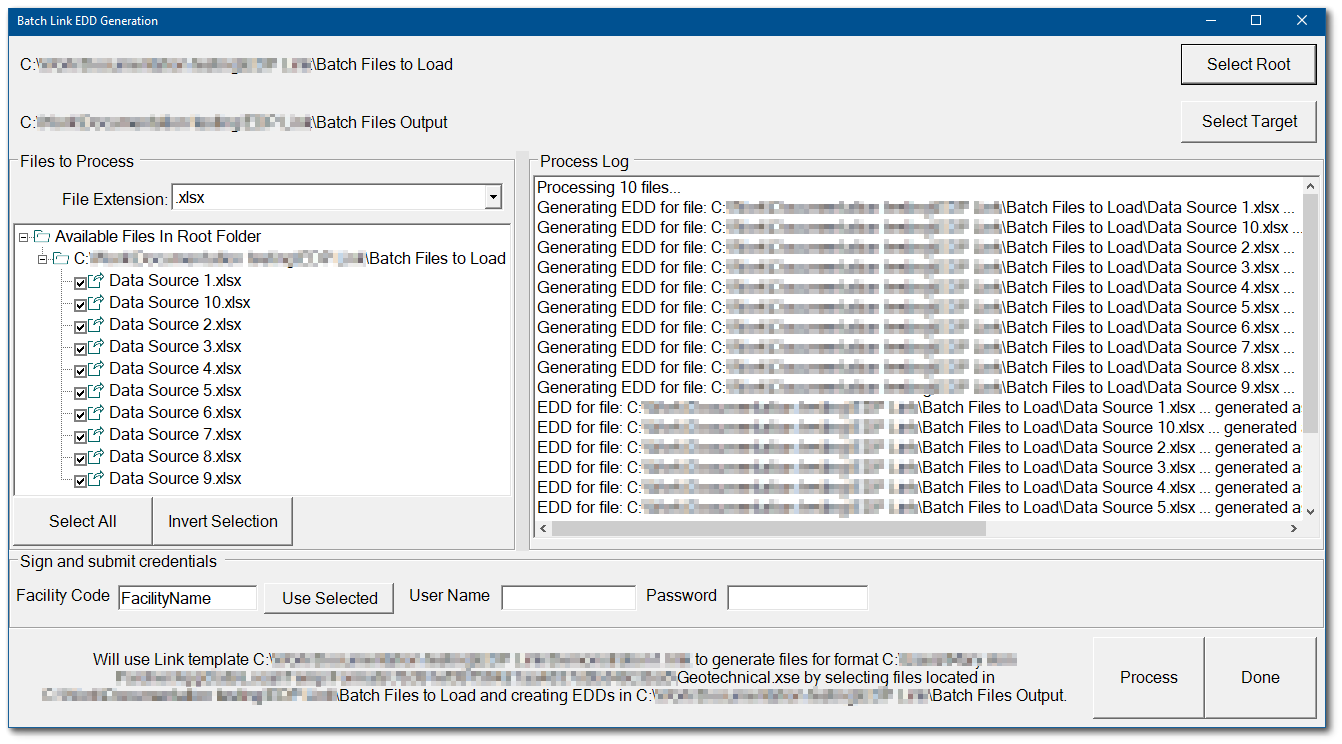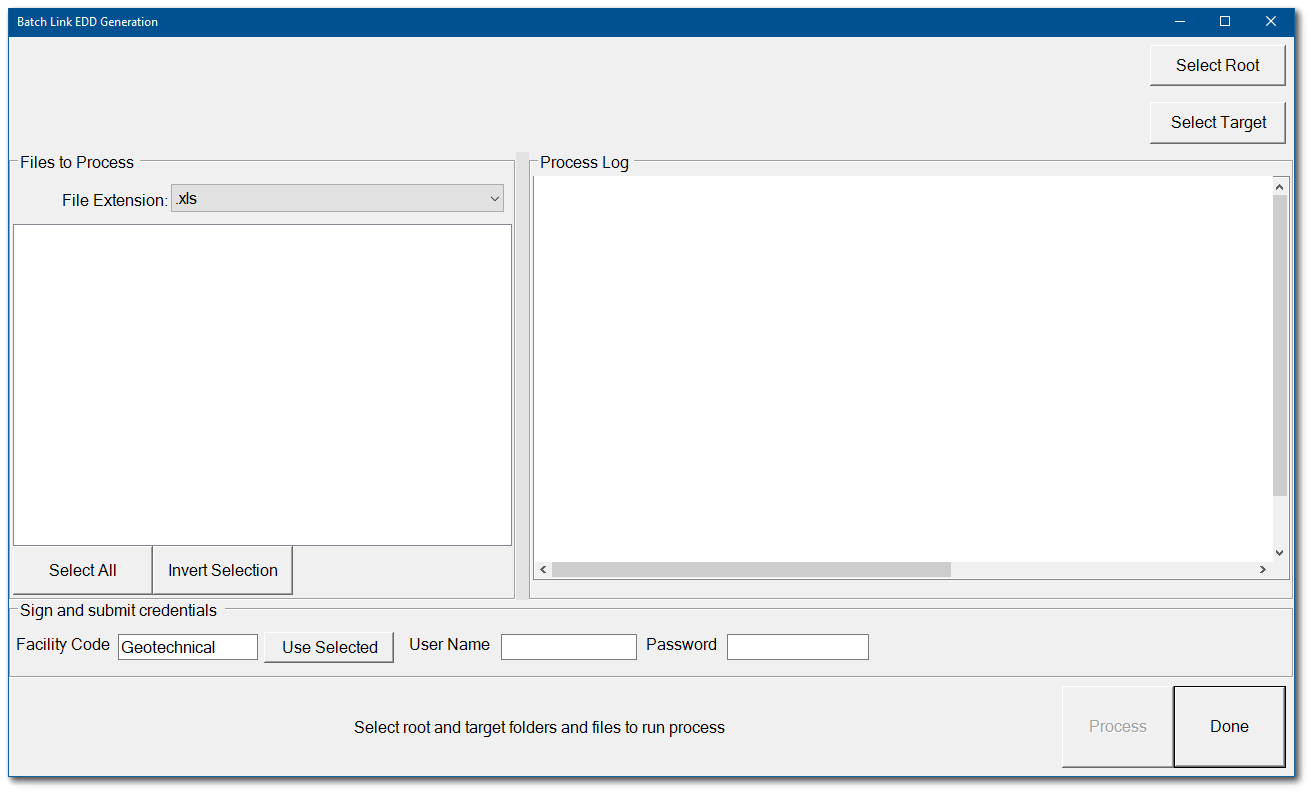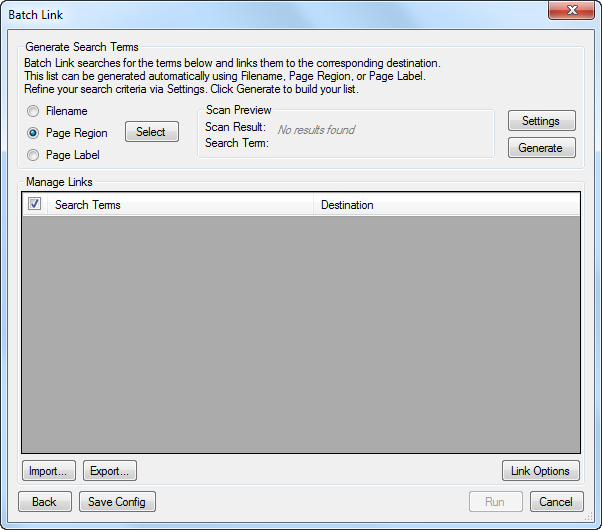

brockii were in the same range as expected of aerobic extreme thermophiles (m s∼0.5 g The inhibiting concentration was found to be approximately 15 g organic carbon Organic substrates inhibited growth and product formation in chemostat cultures whereas the slow formation of acetic acid was observed in batch cultures, but also with virtually no growth. The media used contained significantly less organic material and sulfide than previously reported media however, yeast extract requirements were shown to be exceptionally high (60% of the glucose concentration used). Acetone addition to the medium did not increase critical dilution rate significantly.

Specific growth rates were lower in batch (μ max>1.0 h -1) than in continuous cultures (μ max1.2–1.4 h -1). The third section is titled "Analyze data." The third section says, "Use AWS and third-party services to analyze your data to gain insights." Nearby icons show ways of analyzing data: "artificial intelligence (AI)," "advanced analytics," and "machine learning (ML).Thermoanaerobium brockii was grown in batch and continuous culture at supraoptimal temperatures (>65° C). The features are "Control access to data," "Optimize cost with storage classes," "Replicate data to any Region," "Access from on-premises or VPC," "Protect and secure your data," and "Gain visibility into your storage." The second section also has icons that show Amazon S3 features. Upload any amount of data." A nearby illustration shows a bucket that contains a square, a circle, and a triangle. The second section has more text under the heading "Store data." The text says, "Create bucket, specify the Region, access controls, and management options. The second section is titled "Amazon S3." The second section says, "Object storage built to store and retrieve any amount of data from anywhere."

The second section has an illustration of an empty bucket.

The first section is titled "Move data." The first section says, "Move your data to Amazon S3 from wherever it lives – in the cloud, in applications, or on-premises." Nearby icons show different types of data: "analytics data," "log files," "application data," "video and pictures," and "backup and archival." The first section has an illustration of a database, a server, and a document. Three sections display from left to right. The diagram shows how to move data to Amazon S3, manage stored data in Amazon S3, and analyze data with other services.


 0 kommentar(er)
0 kommentar(er)
